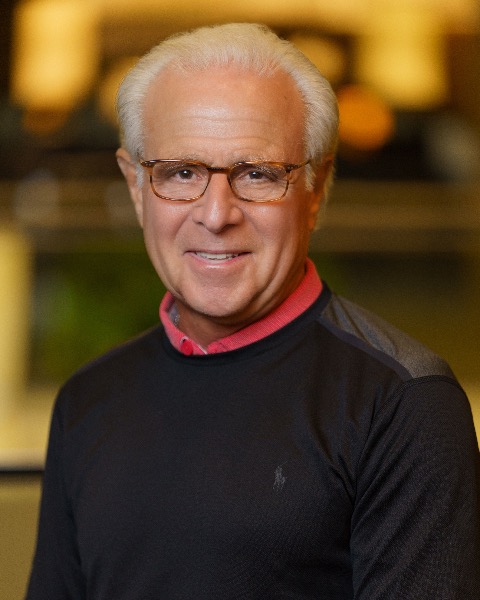General Session VII
Quickshot: Preclinical Study to Evaluate a Novel Device for Selective Closure of Superficial Veins Through Percutaneous Access Under Ultrasound Guidance
Ligation of varicose veins treated with foam sclerotherapy (FS) may prevent recurrence, eliminating the wash out effect and minimizing risk of embolization when threating varicose veins with other non-thermal therapies.
Two preclinical animal studies were conducted to evaluate a novel device that performs a percutaneous selective closure of superficial veins under ultrasound guide.
Methods:
The device performs a selective veins closure, in an office-based setting, delivering two bioabsorbable clips preloaded in a metallic low-profile needle connected to e handle, maneuvered under ultrasound.
The studies were performed in a clinically relevant environment in two acute models (one pig, one sheep), and in one chronic model (one sheep, 1 month f/u).
Testing was conducted by a vascular surgeon. Multiple venous vessels were treated (4 to 13 mm diameter). Closure post treatment was assessed via DUS and fluoroscopy.
In the acute and chronic sheep models, selective closure of jugular veins was combined with foam injection (Atossisclerol 3%).
A catheter was advanced proximally to the closure location, and foam was injected to evaluate combination of proximal foam injection and vessel selective closure.
The controlateral jugular vein was used as control with FS injection only (3 minutes of manual compression).
Selective closure was combined with cyanoacrylate glue injection (Venex) in the acute model.
Results:
All the vessels were successfully treated: closure effectiveness was confirmed via imaging (Figure 1), and through in situ inspection of the excised specimen at the end of the procedure (acute test) or at 1 month f/u (chronic test).
Device use and deployment time were fast, with less than 1 min per deployment.
After sacrifice, treated vessles were excised and underwent histochemical and immunoistochemical analyses.
Thrombus formation was detected in vessels treated with clips, showing closure effectiveness.
The analysis of jugular vein treated with clip plus FS showed higher severity in endothelial injury respect to the control vein (i.e. increased endothelial cells loss).
Conclusions:
These preclinical studies showed feasibility of percutaneous selective closure of venous vessels with this novel device. The combined treatment algorithm of foam sclerotherapy and vessel closure may be an option to effectively treat medium and big veins with a non-thermal approach in an outpatient office-based setting. This was shown both in the acute and in the chronic preclinical model, showing treatment consistency.
Percutaneous closure may also prevent glue or clot embolization, which could be an effective way to minimize procedure risks related to glue acute and post-operative migration.

Steve Elias, MD, FACS, DFAVF DABVLM
Director, Center for Vein Disease
Englewood Health Network
Englewood, New Jersey, United States
